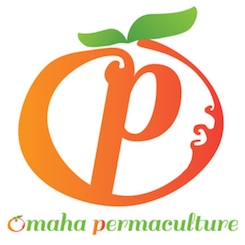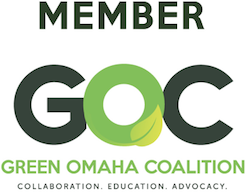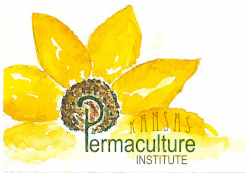On November 15, I attended a "Zero Waste Seminar" in downtown Omaha held by Hillside Solutions of Gretna and catered by Larsen Supply Co. of Council Bluffs. Introductions were the first order of business, with representatives from FirstStar Recycling, Blue Sushi, Noli's Pizzeria, Benson First Friday, Exist Green, HGR Design, LinkedIn, a bar management company, a Catholic school, Nova Treatment Community, Marriott bakery, and Fontenelle Elementary.
According to the EPA, the average American produces 4.3 lb of trash a day, but trash is a resource! In practice, "zero waste" means less than 10% goes to a landfill. Trash is often called the cheapest utility, but we all pay the price in its global impact. About 10-13% of collected recyclables are not recyclable due to contamination. The solution is to change habits and separate at the source.
Commercial single-stream collection has been discontinued in Omaha, replaced with dual stream (cardboard separated to reduce contamination). Also, no plastic bags allowed. Commercial recycling is not required to go to FirstStar, so it may go elsewhere.
The Hefty Energy Bag program uses pyrolysis to turn plastic to diesel or naphtha. Omaha and Boise are the flagship markets. The long-term solution is to stop using crappy plastics. The program is paid for by purchases of the bags, not by sale of the fuel.
Commercial composting is easier than you think! Daily cover at the landfill creates an anaerobic environment. Landfills can collect methane, but the problems outweigh the benefits. Hillside's compost is better (more diverse = more nutritious) than compost made from just yard waste because it contains food waste as well.
Glass recycling is limited to just bottles and containers, even though currently Hillside just crushes the glass into cullet for concrete underlayment (in place of gravel). When the market improves, the glass will be recycled.
So currently there are six waste streams. Compliance can be increased by using the right colors and the right signage all in one place: green = compost, blue = mixed recycling, light blue = cardboard, red = glass, gray (or orange) = soft plastics, and black = landfill.
Step 1 in getting to zero waste is to do a waste audit. Lay it & weigh it. Step 2 is to change materials and habits. Employees should expect each other to recycle via peer pressure. Create a sustainability pledge and occasionally do audits to trace contamination. Make celebrating zero waste part of company culture.
Still have to reduce and reuse first. Larsen Supply Co: compostable products and bags to put them in.
Leigh Neary, Exist Green: The many Rs of zero waste: refuse/reduce/reuse/rot/recycle/rubbish. But also rethink/redesign/repair/repurpose/revive/research/regroup. Watch "The Story of Stuff" to learn about the broken materials economy. EWG offers a guide to green cleaning.
Krystin Marsh, of Noli's and Ansel's restaurants: it took about 3 months for the employees to adjust, but they got 10 bags of landfill down to 4.
Frontenelle Elementary, first in OPS to do composting. Now OPS schools are lining up to join in.
- Log in to post comments





Comments